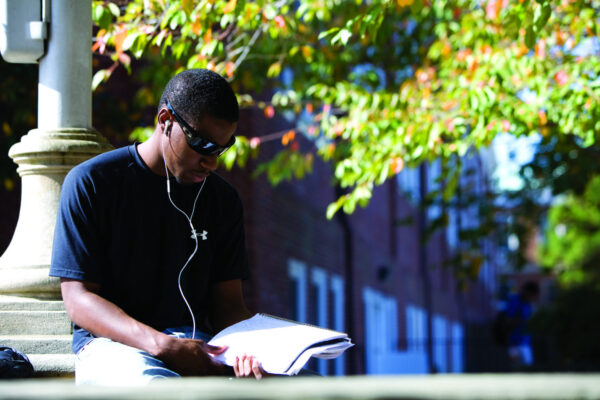Hidden Struggles: How Discrimination Affects College Mental Health
Title: Center for Collegiate Mental Health 2023 Annual Report
Source: Center for Collegiate Mental Health at Pennsylvania State University
The 2023 annual report from the Center for Collegiate Mental Health (CCMH) provides detailed information about various aspects of mental health, along with factors concerning treatment and care for college students in the United States throughout the 2022-2023 academic year. These data were collected from over a million appointments at 195 college and university counseling centers, involving 185,114 de-identified college students who sought mental health treatment.
The report found that there is a direct correlation between discrimination and mental health challenges. College students who have experienced discrimination are more likely to report high levels of distress, social isolation, and suicidal ideation than their peers. While counseling centers were found effective in treating clients who faced discrimination, those who reported such experiences consistently ended treatment with higher average levels of distress than students who did not experience discrimination.
The report highlights the need for additional efforts beyond college counseling centers, especially in the form of diversity, equity, inclusion, and belonging-informed support services. These resources alleviate the impact of discrimination, provide professional development to the campus community, and engage in advocacy to remedy societal sources of discrimination.
Other key findings include:
- Rates of prior counseling (61.1 percent) and psychotropic medication usage (37.5 percent) increased in the past year and are at their highest levels since these data were first collected in 2012.
- Social anxiety has increased the most among mental health symptoms over the past 13 years. Of the areas that saw a notable increase after the onset of COVID-19 (social anxiety, academic distress, eating concerns, and family distress), only academic distress appears to be receding.
- Anxiety remains the most reported concern among students seeking therapy, followed by depression, specific relationship problems, stress, and trauma. Most notably, after steady declines in previous years, relationship problems is showing an upward trend as a top concern, while trauma as a top concern has been steadily increasing since 2014-2015.
- 81 percent of students were seen within five business days or seven calendar days after scheduling their first appointment.
- When examining the reasons for case closure for students who received care during the 2022-2023 academic year, the most cited reasons were the end of the academic term (42.6 percent), followed by the client not returning for their final appointment (23.8 percent). Meanwhile, 21.7 percent of cases were closed due to mutual agreement between the client and provider, and the rate for case closure due to completion of treatment goals was 21.3 percent.
Click here to read the full report.
—Nguyen DH Nguyen
If you have any questions or comments about this blog post, please contact us.


